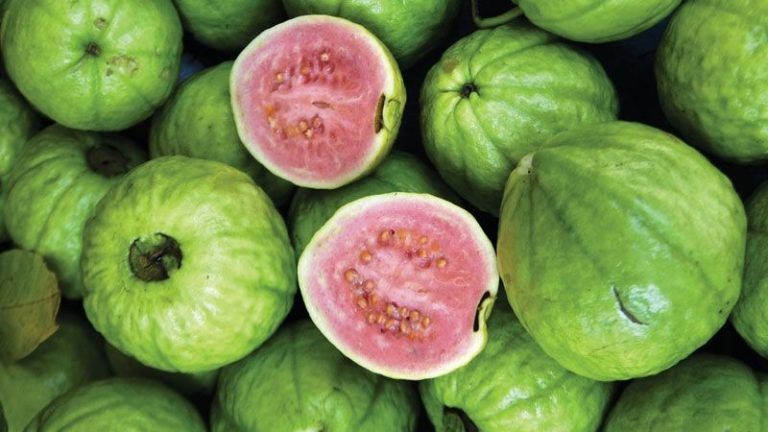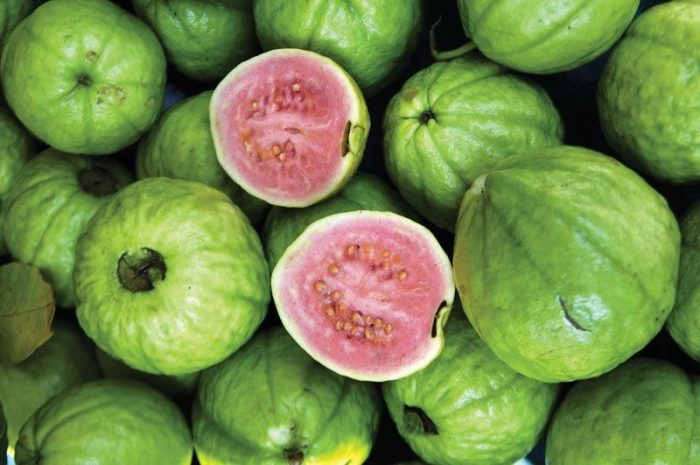Pakistan’s unique geographical location and diverse climate conditions bless the nation with an abundance of delectable and nutritious fruits. From the luscious sweetness of mangoes to the refreshing tang of citrus fruits, the country boasts a wide variety of fruits that are not only cherished locally but also in high demand in international markets. These fruits not only tantalize the taste buds but also offer numerous health benefits.
In this article, we will delve into the top 10 fruits in Pakistan, celebrating their exquisite flavors and highlighting their impressive nutritional profiles. Each fruit holds a special place in the hearts of Pakistanis and plays a vital role in the country’s agricultural and culinary landscape.
Join us as we savor the succulent sweetness of Pakistani fruits and uncover the wonders they hold for our taste buds and well-being.
List of Most Popular Fruits in Pakistan
Mango
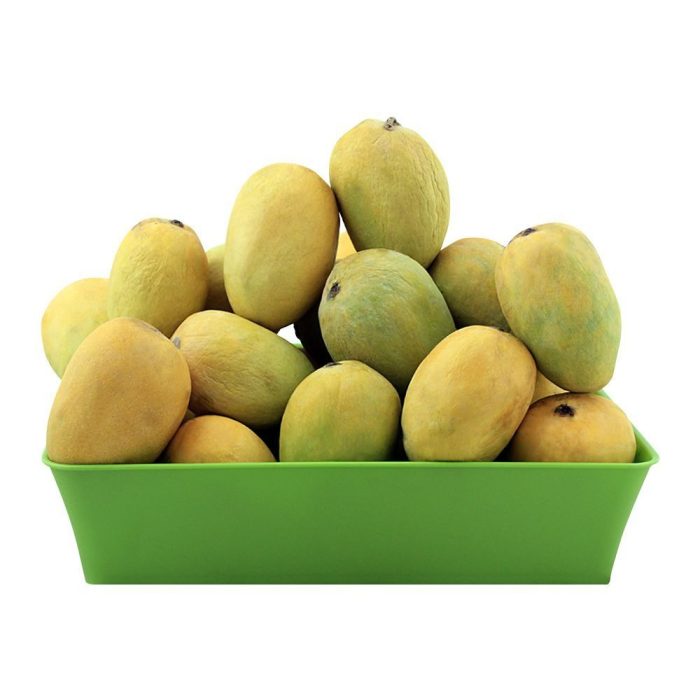
Mangoes, belonging to the genus Mangifera, are a delicious and highly popular fruit in Pakistan. Often referred to as the “King of Fruits,” mangoes come in a variety of tropical fruiting trees primarily grown for their delectable and edible fruit. While some species are found as wild mangoes in nature, many are cultivated for their sweet and juicy taste.
In Pakistan, mangoes enjoy immense popularity and are a cherished part of the summer season. With around 250 species of mangoes found in the country, some of the most beloved varieties include Chaunsa, Langra, Anwar Ratul, Sindhri, Dasehri, and Malda. Mangoes are predominantly grown in tropical climates across Pakistan, and their leaves, wood, and skin offer numerous health benefits.
Renowned for their sweet flavor, Pakistani mangoes have earned international acclaim and represent a significant export for the country. In a recent year, nearly 1.75 million tons of mangoes were produced, with around 77,000 tons being exported worldwide.
The ease of cultivating mango trees, combined with the favorable climate in Pakistan, has led to the widespread presence of mango trees in backyards across Sindh and Punjab. While it may take some time for these trees to bear fruit, the result is worth the wait, as homegrown mangoes can be used to create delicious juices, smoothies, and sorbets to delight family and friends.
Orange
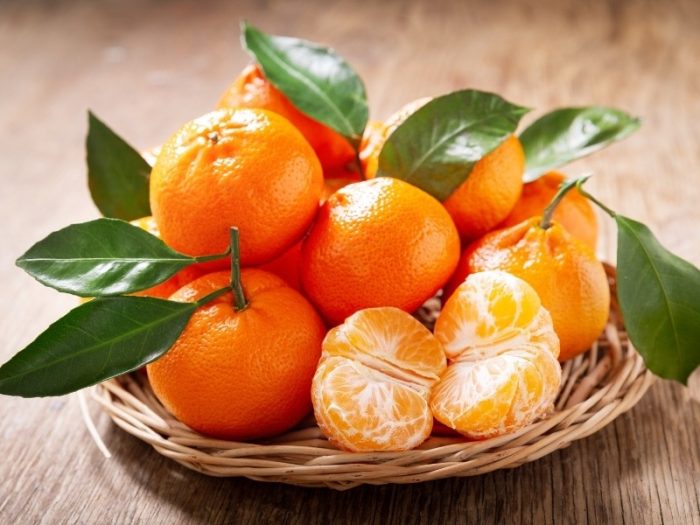
Pakistan boasts an array of citrus fruit species, with oranges being a prominent and cherished variety. Kinnow, a popular type of easy-peel orange, stands out as one of the most sought-after varieties due to its delicious taste and easy-to-peel nature.
Kinnow exports witness significant growth annually, making it a valuable commodity. These oranges are highly nutritious, with a high water content and a notable presence of Vitamin C, making them a refreshing and healthy choice.
Citrus fruits are grown in various regions of Pakistan, with Punjab being the major area of cultivation. The favorable temperature and environmental conditions in Punjab contribute to the highest citrus production in the country. Sindh, NWFP, and Balochistan also contribute to the citrus production, with a total annual production estimated at 1.8 million tonnes on approximately 194,000 hectares of land, yielding 4.6 tonnes per acre.
The citrus harvesting season spans from November to March, during which Pakistan ranks 20th in the world for citrus exports. Other major citrus-producing countries include Brazil, China, the United States, Mexico, and India.
With an abundance of mouthwatering mangoes and flavorful oranges, Pakistan takes pride in its rich diversity of tropical fruits that tantalize taste buds and contribute significantly to the country’s agricultural sector and economy.
Dates
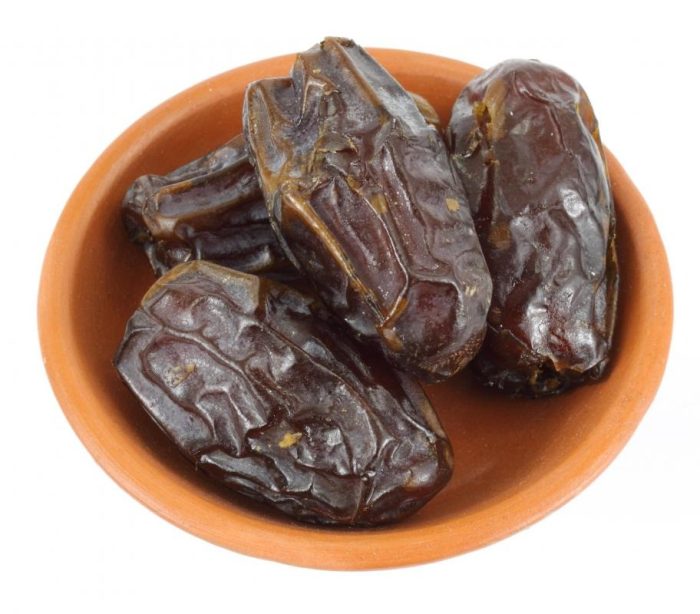
Pakistani dates are among the popular fruits cherished in the country, and Pakistan stands out as the only commercial date-growing nation with a diverse range of fruit and vegetable exports each year. As the third-largest date producer globally, Pakistan holds a significant position in the market and is a major exporter of high-quality dates, contributing significantly to its economic standing.
The date harvesting season commences in July and continues until September, with an estimated annual date production ranging from 550,000 to 650,000 metric tonnes. Sindh plays a crucial role, accounting for approximately half of all dates produced in Pakistan, with the date palms of Khairpur Mirs being a prominent variety representing 90% of Sindh’s date production.
The agricultural conditions in Pakistan favor extensive date cultivation, with nearly 160 varieties of date palms found in the country. Among the most common varieties are Aseel, Karbala, Fasli, Kupro, Muzawati, Japan, Swore, Kehraba, Rabai, Dhakki, and Gulistan.
Several regions contribute significantly to date production, including Khairpur, Turbat (Makran), D.I Khan, Muzaffar Garh, and Jhang. Pakistan holds the 5th rank in terms of date production and is progressively making its way to the top as a leading date cultivator.
To cater to diverse demands, Pakistan has invested in processing and providing various date products, such as date chops, date paste, filled dates with peanut butter, and chocolate-covered dates, in various styles and shapes.
Banana
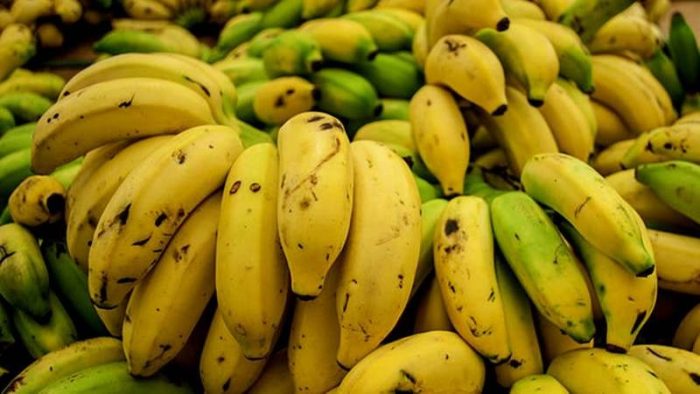
Bananas hold significant importance as a major cropped fruit in Pakistan. Traditional banana crops yield around 5 to 6 tonnes of fruit per acre, while the newer tissue-cultured banana crops exhibit impressive potential, producing 30,000 to 40,000 tonnes per acre, which opens up new possibilities for export.
Pakistan has made notable advancements in banana cultivation through the National Institute of the National Agricultural Research Centre, which has successfully developed disease-free plants using tissue culture techniques. The cultivated banana varieties in Pakistan are known as NIGAB-1 and NIGAB-2, which are instrumental in meeting domestic demands and facilitating exchange in the export market. These varieties have been designed to have lower sugar content, catering to the preferences of foreign buyers who seek fruits with less sugar.
As bananas are among the most widely exported fresh fruits globally, Pakistan’s efforts in banana production and innovation have the potential to expand its market reach and enhance its contribution to the agricultural export industry. With a promising future ahead, bananas continue to be a vital component of Pakistan’s agricultural landscape and a popular fruit among its people.
Apple

Apples, a member of the Rose family, have become a popular fruit in Pakistan, with the country ranking as the 10th largest apple producer globally. The peak seasons for apple production in Pakistan are December and January, with some farmers adopting T-blooding to plant apple seeds during the monsoon weather. However, the most common and reliable technique employed by Pakistani farmers is the Tong and Clift grafting method.
While there are thousands of apple varieties worldwide, only a select few have gained popularity in Pakistan. These include Granny Smith, Golden Delicious, Pink Lady, Red Delicious, Kalla Kaku, Mushadi, Kaja, Gacha, and Amri, among others.
Rainfall plays a crucial role in apple production, as sufficient water supply to all branches is necessary for the trees to bear fruit. As a result, most apple orchards are found in mountainous regions like Balochistan, Khyber Pakhtunkhwa, Punjab (especially in upper areas like Murree and Potohar), and Azad Kashmir.
Aside from their delicious taste, apples also offer various health benefits. They are rich in potassium and phosphorus, which help maintain blood pressure, prevent heart diseases, and protect against potential kidney damage.
Guava
Guava, belonging to the Myrtle family, is widely cultivated and exported from Pakistan, earning an excellent reputation in the global fruit export market. The country produces several types of guava, but the most popular ones include Thadharami, Shamlo, Benazir, Hyderabadi, and the local Sindh variety.
Guava cultivation is widespread across all provinces of Pakistan, with major production hubs in cities like Kasur, Lahore, Sangla hills, Gujranwala, Kohat, Haripur, Bannu, Larkana, Hyderabad, and Shariqpur.
Despite its popularity and abundant production, a significant portion of guava goes to waste due to improper handling and storage practices.
Guavas are known for their unique aroma and delicious taste, making them a favorite among fruit enthusiasts in Pakistan and beyond. Rich in essential nutrients like vitamin C, dietary fiber, and antioxidants, guavas offer a nutritious and refreshing treat for people of all ages.
Grapes
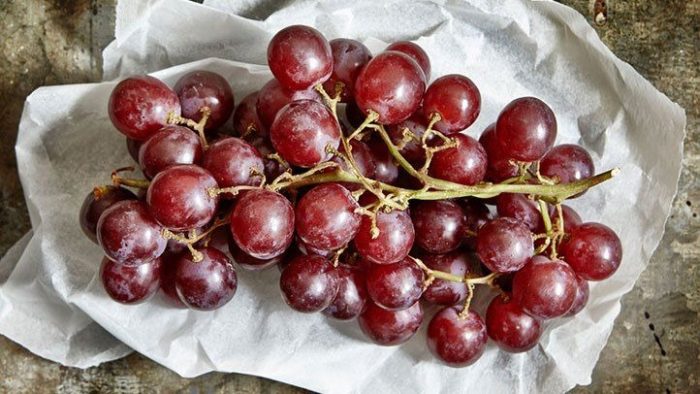
Grapes, belonging to the Grape family, are a popular fruit in Pakistan, particularly the European grape species. These grapes are primarily cultivated in mountainous and sub-mountainous regions, such as Quetta, which is known as the fruit garden of Pakistan, Qalat, Khyber Pakhtunkhwa (KPK), Federally Administered Tribal Areas (FATA), and Malakand.
Over an estimated 40 acres of land are dedicated to grape cultivation in Pakistan, yielding an annual production of approximately 65,000 tons. However, growing grapes in the country comes with challenges due to high humidity, making them susceptible to various diseases such as anthracnose, dead arm, botrytis, black rot, and powdery mildew.
To ensure successful grape production, farmers must provide special care and attention to this delicate fruit, making it one of the most treasured fruits in Pakistan.
Pomegranate
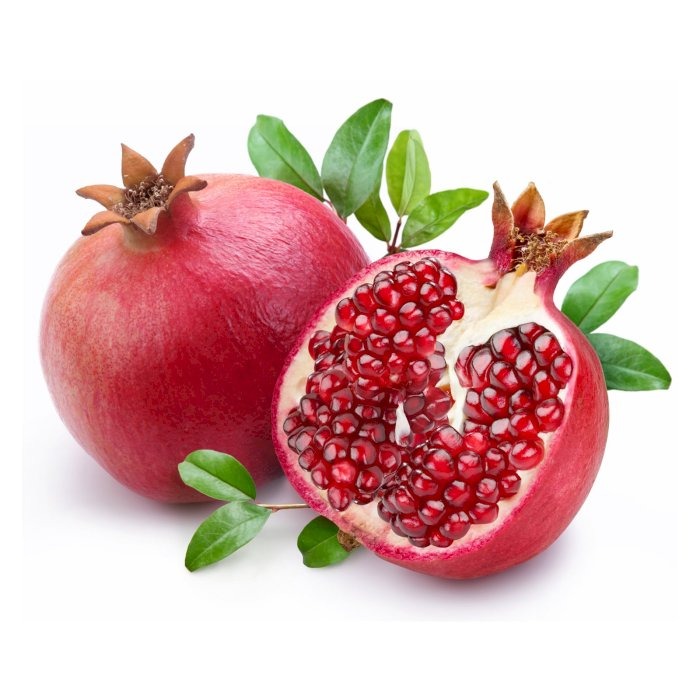
Pomegranate, renowned for its sweet and tangy taste, is a fruit with a round shape and a hard, leathery exterior. Inside, it houses a vibrant red, juicy interior filled with small, edible seeds. This ancient fruit has its origins traced back to Persia (modern-day Iran) and the Mediterranean region.
Pomegranate holds significant importance in Pakistan as a major fruit crop grown in various regions across the country. The country has emerged as a prominent exporter of pomegranates, with a significant portion of the exports heading to the Middle East and Europe. The demand for this luscious fruit in the international market has been steadily increasing, boosting its export prospects.
Beyond its culinary uses, pomegranate plays a vital role in various cultures and traditions, particularly in the Middle East and Mediterranean regions. It is often associated with celebrations and rituals and is considered a symbol of fertility, abundance, and good luck.
Nutritionally, pomegranate is a powerhouse, packed with vitamins, minerals, and antioxidants. It is an excellent source of vitamin C, potassium, and dietary fiber. The antioxidants present in pomegranate are known for their anti-inflammatory properties and potential benefits in protecting against chronic diseases like heart disease and cancer.

